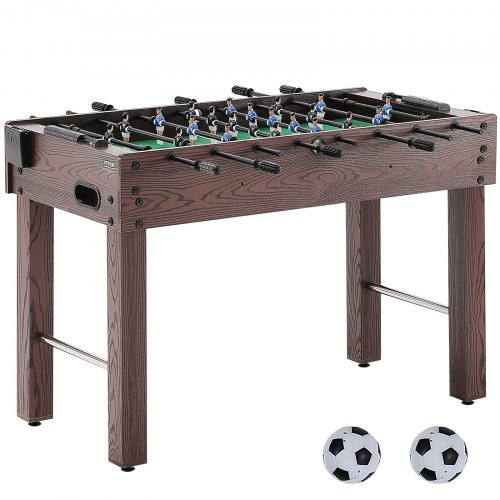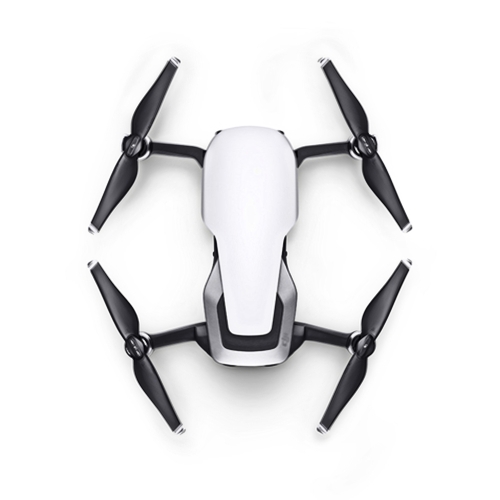Introduction to Video Drone Cinematography
In recent years, the use of video drones has exploded in the world of cinematography. As the technology has become more accessible and affordable, filmmakers have been able to explore new creative possibilities. Drone cinematography is a powerful way to capture stunning aerial shots and give viewers a unique perspective. From feature films to documentaries to music videos, drones are being used to capture stunning footage that would have been impossible to capture without them.
The art and science of flying a drone for cinematic purposes requires a unique set of skills. It requires a combination of creativity, technical knowledge, and safety awareness. In this article, we will explore the benefits and challenges of using drones for cinematography, as well as how to prepare for and capture the best shots with a drone.
Benefits of Drone Cinematography
One of the biggest benefits of drone cinematography is the ability to capture stunning aerial shots that would be impossible to capture with traditional cinematography techniques. Drones allow filmmakers to capture sweeping shots of landscapes, buildings, and other locations from a unique perspective. This can add a layer of production value to films that would otherwise be impossible to achieve.
In addition to the stunning visuals, drones also provide filmmakers with a great deal of flexibility. Drones can be used to capture shots from any angle, and they can be flown in tight spaces that would be difficult to access with traditional camera equipment. This makes them ideal for capturing shots in locations that would be hard to access or too dangerous to shoot with a crew.
Challenges of Drone Cinematography
While drone cinematography can be a powerful tool for filmmakers, it also comes with a unique set of challenges. The most significant challenge is safety. Flying a drone requires a great deal of knowledge and skill, and it can be dangerous if not done correctly. It’s important to be aware of the laws and regulations surrounding drone use, as well as the potential risks of flying a drone in certain locations.
In addition to safety concerns, drone cinematography also requires a significant amount of technical knowledge. It’s important to understand not only how to fly the drone, but also how to use the camera to capture the best shots. This requires a combination of technical knowledge and creative vision.
Preparing for Drone Cinematography
Before taking to the skies, it’s important to do your research and prepare for the shoot. This includes researching the laws and regulations surrounding drone use in your area, as well as familiarizing yourself with the drone and its features. It’s also important to plan out the shots you want to capture and make sure you have the necessary equipment.
It’s also important to make sure you have the right insurance for the shoot. Drone cinematography can be risky, and it’s important to have the right coverage in case of any accidents or damage.
Flying a Drone for Cinematography
Once you’ve done your research and prepared for the shoot, it’s time to take to the skies. Flying a drone for cinematography requires a combination of knowledge, skill, and creativity. It’s important to understand the basics of flying a drone, as well as how to use the camera to capture the best shots.
It’s also important to be aware of your surroundings and to practice safety at all times. This includes staying away from people, animals, and other objects, as well as avoiding restricted areas.
Capturing the Best Shots with a Drone
Once you’ve mastered the basics of flying a drone, it’s time to start capturing the shots you want. This requires a combination of technical knowledge and creative vision. It’s important to understand how to use the camera to capture the best shots, as well as how to use the drone to get the shots you want.
It’s also important to be aware of the limitations of the drone. Drones can only fly for a certain amount of time, and they can’t fly in certain locations. It’s important to plan out the shots you want to capture and make sure you have the time and space to do so.
Editing Drone Footage
Once you’ve captured the shots you want, it’s time to edit the footage. Editing drone footage is a bit different than editing traditional footage, as it requires a different set of skills. It’s important to understand how to use the software to edit the footage, as well as how to use the footage to tell the story you want to tell.
It’s also important to be aware of the limitations of the footage. Drone footage can be shaky and can have a limited field of view. It’s important to understand how to use the footage to create the best possible shots.
Conclusion: Unlocking New Possibilities with Drone Cinematography
In conclusion, drone cinematography is a powerful tool for filmmakers that can unlock new creative possibilities. It requires a combination of knowledge, skill, and creativity, as well as an understanding of the laws and regulations surrounding drone use. With the right preparation and knowledge, filmmakers can use drones to capture stunning aerial shots that would be impossible to capture with traditional cinematography techniques.









































